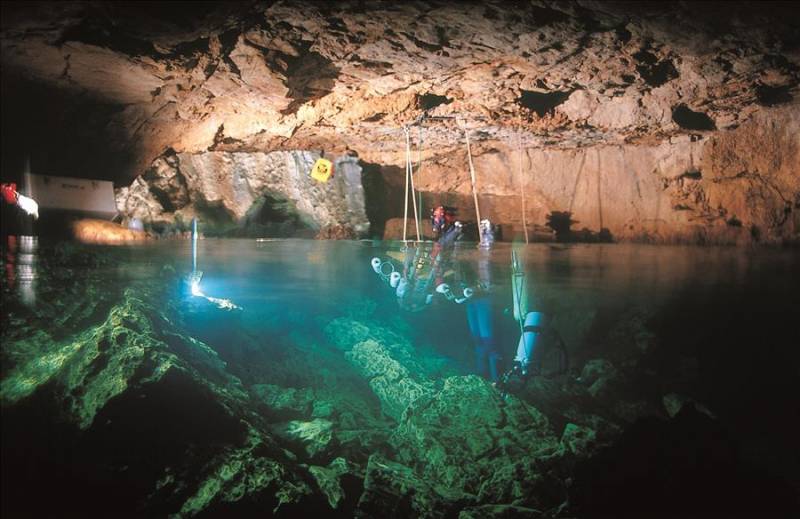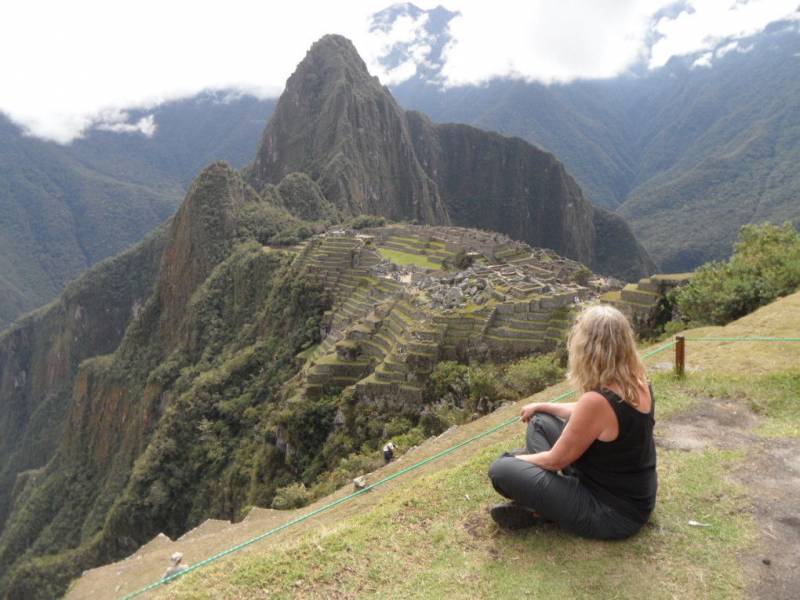The Costa Blanca is one of the best places for snorkeling and scuba diving in Spain. Off the coast of Alicante Province, there some great dive sites and the sea is perfect for snorkel in the summer.
Best Dive Sites and Snorkel in Costa Blanca
The Costa Blanca has more than 35 diving schools and snorkel clubs, a network reaching every resort along the Alicante coast. Sparkling sunshine penetrates the Mediterranean Sea giving the translucent turquoise seawater that perfect visibility, ideal to explore a subaquatic world full of marine life, the rocky seabed, underwater caves and offshore reefs.
Divers love the diversity of the Spanish coastline, particularly the island sites off Alicante’s Costa Blanca. The favourable climate (water temperatures average 14ºC winter to 26ºC summer), and sheltered conditions with very few sea currents or strong winds, is perfect for year-round diving and all abilities.

Want to learn to scuba dive in Alicante? Look out for the 5 star PADI Dive centres located in the main resorts along the Costa Blanca and take a beginners or open water course while you’re on holiday.
Snorkeling is good fun too and a laidback pocket-friendly alternative which can be enjoyed by everyone, kids included! So get your goggles and flippers on, discover the best places to snorkel and dive in Costa Blanca.
Tabarca Island
Tabarca Marine Reserve is the best site for scuba diving in Costa Blanca, with clear visibility to depths of 30m or more. The coastal shelf surrounding the Tabarca Island is a protected ecosystem where meadows of sea-grass provide the ideal environment for an amazing biodiversity of species. Expect to see turtles, moray eels, seahorses, sepia and schools of fish that breed here.
Scuba diving is only allowed with prior authorization within the Tabarca Marine Reserve, although anyone can snorkel around the shores of the island. Get to Tabarca by public boat from Santa Pola, Alicante City or Benidorm, on a private boat or diving trip. Prior permission is need to dive.
Calpe
‘Los Arcos’ is a good dive site off the Peñon de Ifach ‘Calpe Rock’. Take your camera and film the stunning scene of sea creatures swimming through archways studded with anemone. The huge rock formations are on the seafloor at a depth of some nine metres.
Benidorm Island
La Llosa is a great dive site 300m south of Benidorm’s ‘Peacock Island’, a protected marine reserve with excellent visibility. The top of this underwater ‘mountain’ is about nine metres below the surface, with a vertical wall dropping off to a depth of 30 metres and a gradually sloping western face.
The various dive routes take you past impressive rock formations and to the ‘Virgin’s Cave’, a sacred grotto with an image of the local Patron Saint. Observe a diversity of sea life such as devilfish, stingrays, rock salmon, barracudas, sea bream, octopus, wild lobster and the exotic sunfish. And if you’re lucky you’ll see dolphins! Get there by private boat or on a diving trip.
Dénia
El Frescito is Dénia’s main dive site. The cove at the far end of Les Rotes beach is part of Cape San Antonio Marine Reserve and rather challenging to get to. The rocky seabed, areas of white sand, and meadows of sea-grass are vibrant with sea life. There’s even an archway to swim through making a scenic backdrop for underwater photography.
Benitatxell – Moraig Cove
Moraig Caves are a magical dive where refracting light illuminates the cavern when the sea meets an underground fresh water river, causing an unearthly ‘halo’ effects known as halocline. Only professional divers are allowed beyond this point.
El Campello
El Caballón reef is a good dive site just off El Campello on the Costa Blanca just north of Alicante City. The rock bar runs parallel to the coast from Cabo de La Huertas headland to Campello. Classed as medium difficulty with diving to depths of a maximum 25 metres, you’ll need to come in a private boat or on an organised trip. There is also an artificial reef which stretches from Pueblo Acantilado to Lloma de Reixes which is considered to be an easier scuba diving route (max. depth 25m).
El Campello is the best place for snorkelling on the Costa Blanca. The coastline has a fascinating underwater landscape. Illeta dels Banyets archaeological site is the most popular and intriguing place for some undersea investigation – walk or paddle out to the rocky platform which is near the leisure harbour. Meanwhile, swim offshore to discover LLop Mari Caves (maximum depth of 5 metres) or the rocky areas in front of Venta Lanuza (1-3m depth).
The list goes on! Divers of all abilities can enjoy shore dives down the Costa Blanca from Dénia to Jávea, Moraira to Calpe, Altea to Benidorm, Villajoyosa to El Campello, Santa Pola and Tabarca Island. Contact Costa Blanca dive clubs and academies for specific information and advice.
Note: Diving insurance is obligatory for scuba dives in Spain.
Related Posts about the Costa Blanca
Costa Blanca Walks and Mountain Hikes
The Costa Blanca has some of the best mountain walks and coastal trails in Spain. These are 11 of the most popular walks and hikes in Alicante Province. Read more >>>
Tandem Paragliding in Alicante Province
A tandem paraglide flight is one of the best adventure activities on the Costa Blanca. Paragliding in Alicante is fun, just imagine the thrill of flying over Spain’s Mediterranean coastline or soaring over the mountains on a sunny day. Read more >>>
Best Snorkeling and Scuba Diving in Alicante
The Costa Blanca is one of the best places for snorkeling and scuba diving in Spain. Off the coast of Alicante Province there some great dive sites and the sea is perfect for snorkel in the summer. Read more >>>
History Museums and Archaeological Sites in Alicante
The history of the Costa Blanca goes back beyond 1000 BC, when ancient civilizations inhabited southeast Spain. Visit the history museums and archaeological sites in Alicante Province to see the fascinating relics of the past. Read more >>>
Discover the World with

